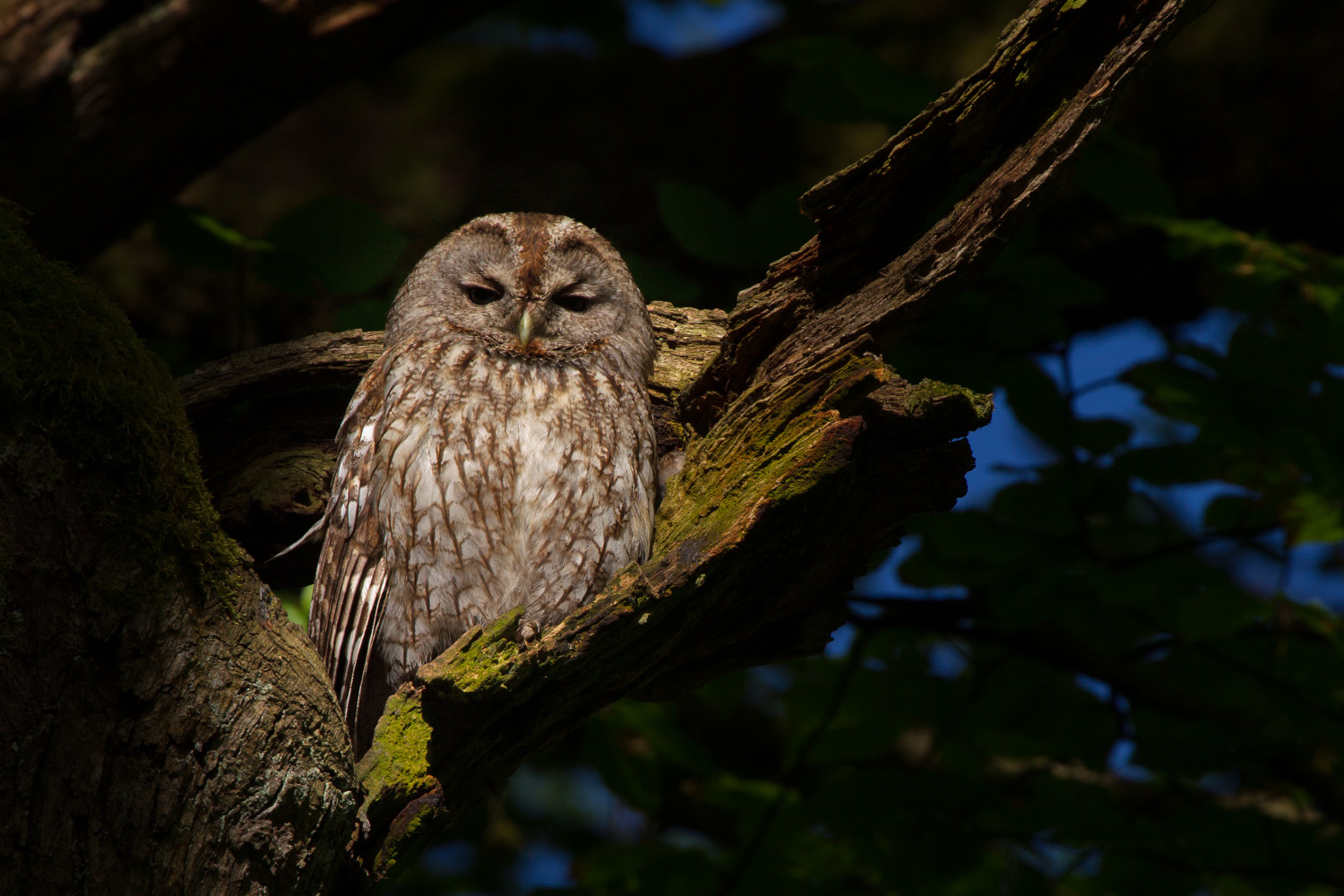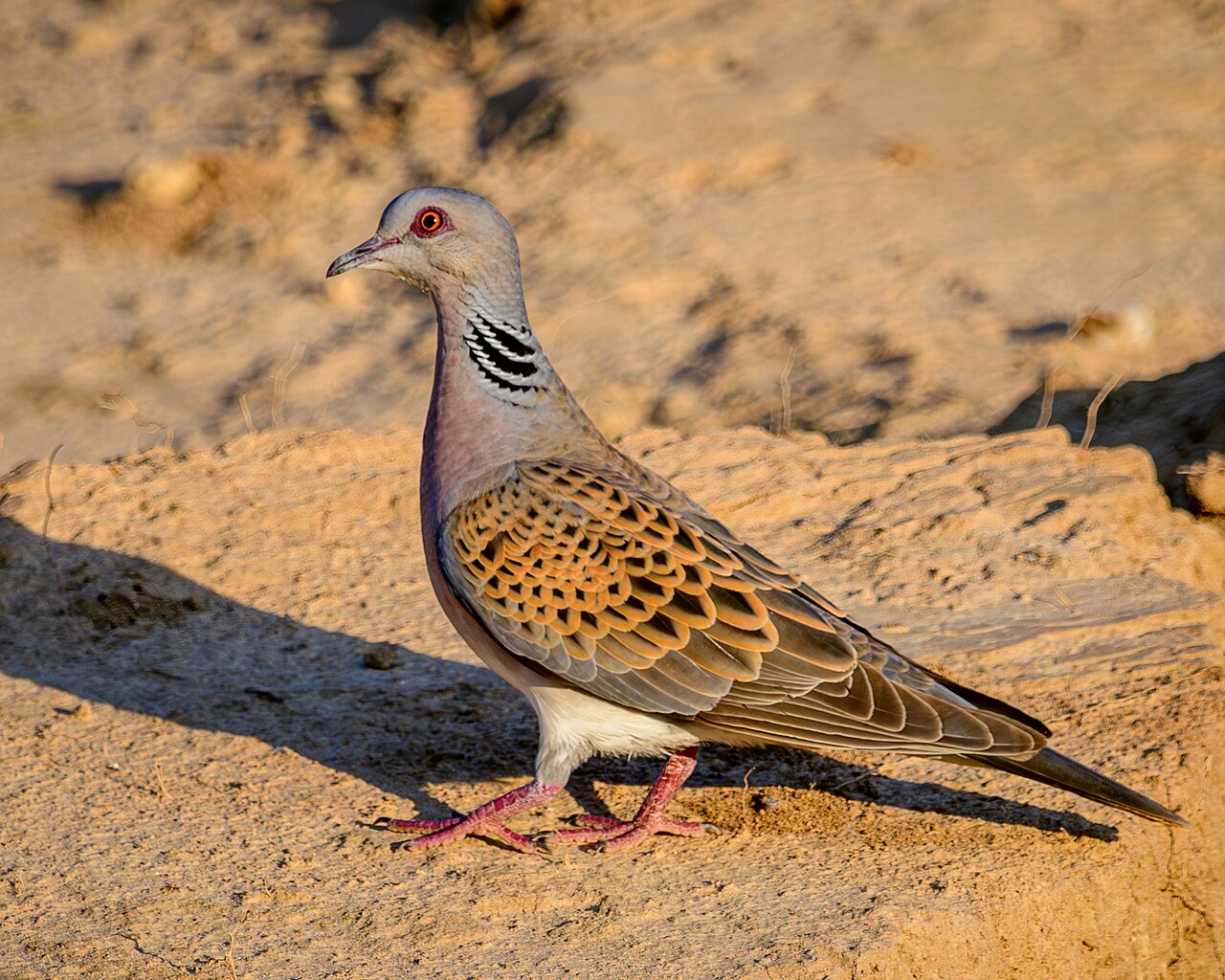Tigres of the Basque Country
- It is a recent issue. The Iberian lynx (Lynx pardinus), one of the most threatened feline species in the world, has gone from “endangered” to “vulnerable” in the IUCN Red List of Threatened Species. Efforts to conserve the species have borne fruit.

Northern lynx (Lynx lynx)
GROUP: Vertebrate/Mammal.
SIZE: Body 80-130 cm. Tail 21-24 cm.
WHERE DO YOU LIVE? This is particularly true of forests and also of open and scrupulous forests.
What do you eat? Small ungulates, hares, rabbits, squirrels, birds, etc.
LEVEL OF PROTECTION Not protected.
In the past, the lynx lived throughout the Basque Country and we know that it survived until about 200 years ago. What people do not know is that, according to the data gathered, those who lived here were a few lynx from the north (Lynx lynx). A lynx that lives today in the center and north of Europe.
Her Nordic relative is much larger than the Iberian lynx, females are about 20 kg and males can reach 25 kg... There's something for a cat! Clear coat with shades of greyish to yellowish. It also has stains, but they're not as obvious as the Iberian stains. Long strands of hair in the shape of a brush in the ears and short tail with black tip. It is an exceptional hunter and able to hunt prey 3 to 4 times larger than him, chops, sarries and even some deer (especially females and pups).If you see the possibility, the northern lynx will also apply to chickens, goats or sheep.
This piece was highly appreciated by the hunters, as it was dedicated to committing great killings in sheep or goat herds, and was rewarded by the hunters. There are many documents that mention the hunting of the lynx in the Basque country Vasco.En had no problems calling this animal, the lynx, but it was in Spanish, as they did not know how to call the one who had such a clear name: tiger, tiguere, ounce, leopard, panther... of everything they had told him in the chronicles and dictionaries of the time.
Patziku Perurena found in the municipal accounts of Goizueta some allusion to this issue. Specifically, they are 1669: “Blasio de Çavaleta neighbor of Leyça dos ducados and dos reales por haver muerto a tres animals tigres que en llama catamoça”. Iztueta reported that in 1776 the shepherds of Idiazabal weighed him in Arantzazu “a corpulent tiger”, which weighed 39 kg. There were also lynxes in the Gorbea area: Between 1762 and 1777 there are allusions to the hunt of five linces.En Lizartza, two leopards were killed in January 1777 on Mount Illarrazu and another in 1781 on Mount Antzarreta.El “tiger” that Mutriku captured in Arno would also be a lynx. Although it weighed less than 23 kg, the animal made a great killing with “short tails.” Some quotes from 1837 mention that a neighbor of Villanañe hunted a “panther” in the surrounding mountains. The last of Euskal Herria was hunted in 1936 in the Navarre Mountains of Alaitz, in Navarra.
Since then there has been no lynx in the forests of Euskal Herria… or yes? In recent decades, footprints and direct observations have been mentioned in the Pyrenees, as well as in the Basque Country. However, these observations have not been taken for granted and the mystery of the lynx is still there. What is clear is that the lynx needs ample spaces to live peacefully and in the Basque Country they are less and less. We have not made our tigers easy.
Well, not everything is lost. There may still be some specimens left in the Pyrenees and the lynx is spreading along the peninsula, increasing progressively. In the future, what will appear before in Basque lands? Iberian or northern? Bet!


















